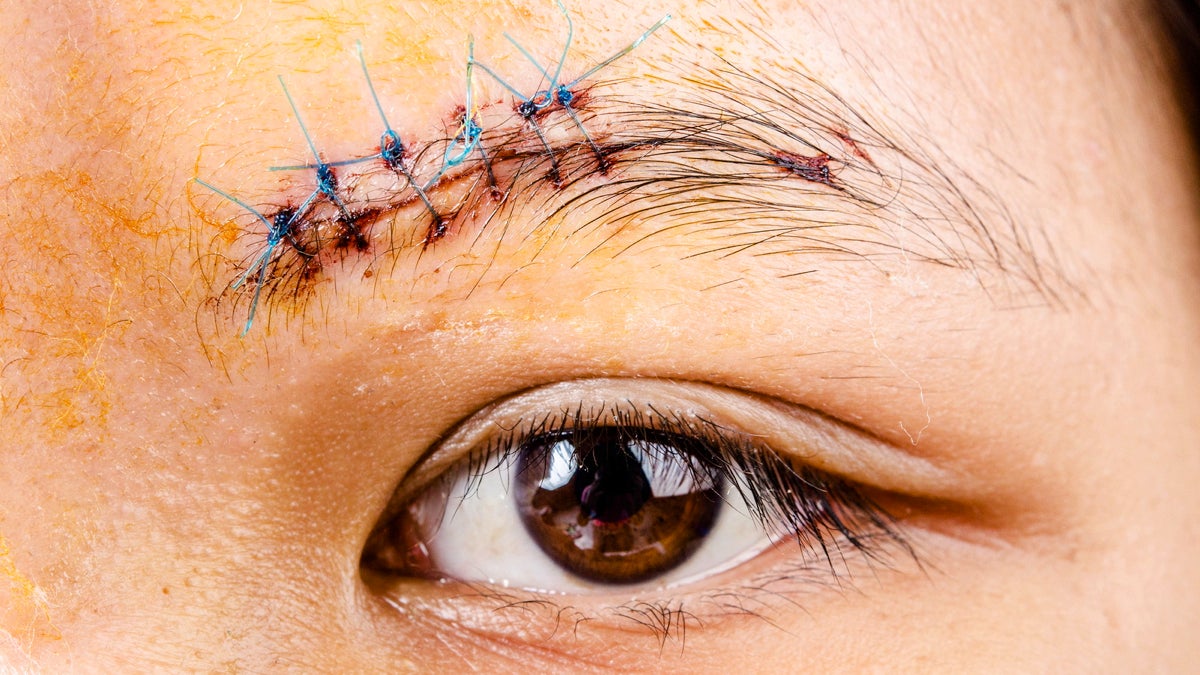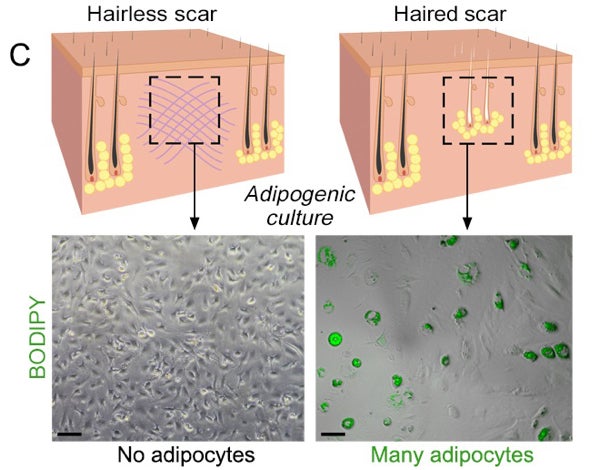Penn researchers find way to help wounds heal with less-visible scarring

Researchers at the University of Pennsylvania have discovered a way to make wounds heal differently
After an accident or surgery, the mark left on skin can be a visual reminder of past trauma. Doctors at the University of Pennsylvania have found a way to reduce the visibility of scars.
Researchers have discovered a way to make wounds heal differently. Rather than creating scar tissue, the skin regenerates in a way that reducing the visibility of the wound. George Cotsarelis is the chair of the Department of Dermatology at Penn and the principal researcher on the project. “What we found is that cells called myofibroblasts that previously were thought to be solely responsible for producing the scar can be manipulated in the presence of hair follicles to make fat,” he said. “And we figured out the signal that the follicle sends to these cells to convert them into fat.” Cotsarelis said the key is to regenerate hair follicles first, then the fat will regenerate in response to the signals from those follicles.
 (Penn Medicine) “What we found was kind of surprising, because we found that one way that the hair follicle creates a normal-looking skin is that it also influences cells in the wound and causes them to make fat. And so the fat in the skin is very important for the way skin appears.” The treatment has worked with human cells, and moves to clinical studies next. Cotsarelis said there may be other applications for this discovery, including anti-aging treatments to reduce wrinkles.
(Penn Medicine) “What we found was kind of surprising, because we found that one way that the hair follicle creates a normal-looking skin is that it also influences cells in the wound and causes them to make fat. And so the fat in the skin is very important for the way skin appears.” The treatment has worked with human cells, and moves to clinical studies next. Cotsarelis said there may be other applications for this discovery, including anti-aging treatments to reduce wrinkles.
WHYY is your source for fact-based, in-depth journalism and information. As a nonprofit organization, we rely on financial support from readers like you. Please give today.

